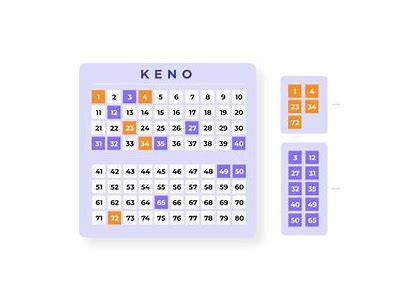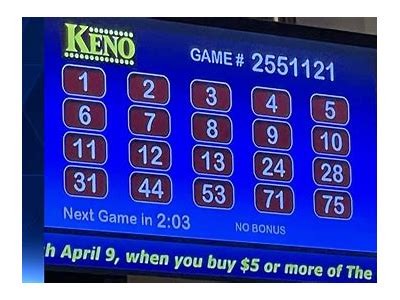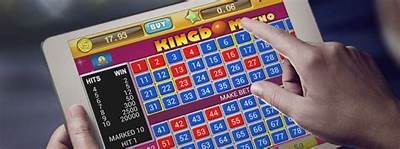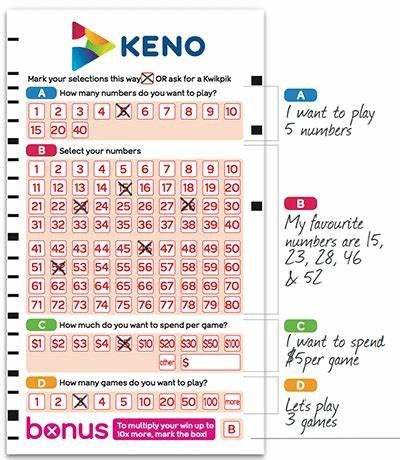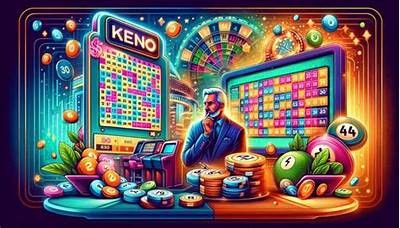Comprehensive Guide to Analyzing Past Keno Results for Better Game Strategies
Introduction to Keno
Keno is a popular lottery-style game that has captured the attention of players worldwide. With its origins tracing back to ancient China, Keno has evolved into a staple in casinos and online gaming platforms. Much like other lottery games, Keno relies heavily on chance, which often leads players to think that strategies are ineffectual. However, a comprehensive analysis of past results can unveil patterns and insights that may influence future gameplay, making it possible to enhance your winning potential. Before delving into strategy analysis, it is essential to understand how Keno works. In a typical Keno game, players select a certain number of numbers from a predetermined range, commonly between 1 and 80. The game then involves drawing 20 numbers at random, and players win based on how many of their selected numbers match the drawn numbers. Payouts vary depending on the number of matches, the amount wagered, and the game's specific rules. While Keno is fundamentally a game of luck, analyzing past drawings can serve as a tool for players seeking to make informed decisions. By studying previous results, players may uncover trends such as the frequency of certain numbers, hot and cold numbers, and other statistical patterns that could inform their number selections. This analytical approach can enhance a player's overall experience and improve their chances of winning in the long run. Hot numbers are those that have been drawn more frequently over a specific period, while cold numbers have appeared less often. Although Keno numbers are drawn randomly, some players prefer to place their bets on hot numbers under the belief that these numbers are 'due' to appear more often. Conversely, others may choose cold numbers, operating under the assumption that they might have a greater chance of being drawn soon. Keeping track of hot and cold numbers requires careful analysis of Keno drawing history to follow trends over time. Understanding probability is crucial for any Keno player. Each game is an independent event, meaning the results of previous games do not affect future outcomes. However, certain strategies based on probability can help players assess risks better. For instance, selecting a mix of both high-frequency hot numbers and low-frequency cold numbers may create a balanced approach to gameplay. Advancements in technology have made it easier for players to analyze Keno results. Various statistical tools and software are now available that can help players track the frequency of number appearances and provide insights on trends. Leveraging these tools can significantly enhance the analysis process, allowing players to make more informed decisions based on empirical data rather than gut feelings.
The Importance of Record Keeping
Keeping meticulous records of your Keno gameplay is vital for any player looking to improve their strategy. Documenting the numbers played, outcomes, and patterns observed can help reveal personal trends and tendencies that might not be apparent at first glance. This practice can also aid in refining strategies over time, enabling players to adjust their approaches based on documented successes and failures.
Developing a Customized Keno Strategy
Every player has a unique approach to Keno. However, developing a customized strategy that incorporates analysis of past results can set players apart. A personalized strategy may involve choosing a specific number of numbers to play, experimenting with different combinations, or adjusting bet amounts based on past outcomes. Finding what works best for you may take time, but the effort can yield valuable insights and improve your overall performance.
The Emotional Aspect of Keno
An often-overlooked component of Keno strategy is the emotional aspect of the game. Luck-based games can lead to a rollercoaster of emotions, impacting decision-making. A solid strategy may help stabilize a player's mindset, reducing impulsive betting and encouraging more thoughtful choices. Recognizing emotional triggers can also assist players in developing a more disciplined approach to the game, fostering a healthier gaming experience.
Common Mistakes in Keno Strategy
As with any game, players can make mistakes that hinder their chances of winning. Common pitfalls include relying solely on quick picks, ignoring statistical analysis, and failing to manage budgets effectively. By identifying these mistakes, players can work towards avoiding them and developing a more sound approach to their Keno gameplay.
Conclusion
While Keno remains a game of chance, analyzing past results provides players with invaluable insights that can impact their strategies. By understanding Keno fundamentals, recognizing hot and cold numbers, utilizing statistical tools, maintaining records, and developing a personalized strategy, players can enhance their gaming experience and improve their chances of winning. Remember that Keno is ultimately about having fun; employing analysis in a thoughtful way can make the experience even more enjoyable.
